calsfoundation@cals.org
Twin Groves (Faulkner County)
| Latitude and Longitude: | 35°20’00″N 092°25’20″W |
| Elevation: | 371 feet |
| Area: | 4.60 square miles (2020 Census) |
| Population: | 317 (2020 Census) |
| Incorporation Date: | December 20, 1991 |
Historical Population as per the U.S. Census:
|
1810 |
1820 |
1830 |
1840 |
1850 |
1860 |
1870 |
1880 |
1890 |
1900 |
|
– |
– |
– |
– |
– |
– |
– |
– |
– |
– |
|
1910 |
1920 |
1930 |
1940 |
1950 |
1960 |
1970 |
1980 |
1990 |
2000 |
|
– |
– |
– |
– |
– |
– |
– |
– |
– |
276 |
|
2010 |
2020 |
|
|
|
|
|
|
|
|
|
335 |
317 |
|
|
|
|
|
|
|
|
Twin Groves is a town in northern Faulkner County on Highway 65 between Greenbrier (Faulkner County) and Damascus (Van Buren and Faulkner counties). Twin Groves was formed in 1991 by the combination of two unincorporated communities, Solomon Grove and Zion Grove.
Solomon (or Solomon’s) Grove was founded by a group of free African Americans from the Memphis, Tennessee, area before the Civil War. Solomon was the last name of one of those families. Apparently, the group remained at the location even after Act 151 of 1859 required all free blacks to leave the state or risk being sold into slavery. The national Homestead Act of 1862 allowed former slaves to own land, and after the Civil War ended, more former slaves joined the community of Solomon Grove, some traveling from as far away as North Carolina to begin a new life in Arkansas.
A Baptist church was established at Solomon Grove in 1884, and a one-room log schoolhouse was built a few years later. In 1890, the community of Mount Zion was established nearby by a group of African-American families from Memphis. They also built a school and a church. Their school burned down in 1895 but was replaced by a new schoolhouse west of town. Most of the residents were farmers. Prominent families of the area were the Walker, Byrd, Owens, Ealy, Tyus, Fields, and Thompson families. The population declined sharply in 1917, perhaps due to intimidation from white neighbors, although no threats of violence were recorded.
The schools taught classes only to the eighth grade, but many children from the area went on to boarding schools in Union Chapel (Conway County) and Menifee (Conway County), with a significant number continuing to attend college classes at Agricultural, Mechanical, and Normal College in Pine Bluff (Jefferson County), now the University of Arkansas at Pine Bluff (UAPB).
The most prominent citizen of Solomon Grove was Silas Owens Sr., a stonemason who is responsible for several significant buildings in the area, five of which are on the National Register of Historic Places. Four of these structures are private homes (including the Silas Owens Sr. House, built around 1948), but the fifth is the Solomon Grove Smith-Hughes Building, originally constructed to be a school building and now used as a library. The Solomon Grove Smith-Hughes Building was built by the National Youth Administration with funding assistance from the Smith-Hughes Act in 1938–39. African-American youths from the area were employed as labor for the project, which was directed by Owens. Owens built many structures during the Depression and later; his earlier work was supported by the Works Progress Administration (WPA), which provided funding for materials and also for apprentice carpenters and masons.
Following desegregation in the middle of the twentieth century, the schools in Solomon Grove and Zion Grove were closed, and children were bused to schools in Guy (Faulkner County). In the twenty-first century, the area is still included in the Guy-Perkins School District. By the 1960s, a sawmill had been built, and many of the farmers had converted their operations to dairy farms.
By the early 1990s, residents of Solomon Grove and Zion Grove were frustrated by their inability to receive funds from Faulkner County to repair their local roads. A group of local citizens, including Richard Ealy Jr., led a movement for the two communities to be combined and incorporated as the town of Twin Groves. Incorporation meetings were held at Solomon Grove Missionary Baptist Church, and many professionals volunteered their time to the preparation for incorporation, with Albessie Thompson doing much of the research and organization, William E. Lee mapping the town, and London Sabb and Felix Thompson doing the land description.
Ealy was elected as the town’s first mayor after the 1991 incorporation. Improvements to Highway 65 that same decade rerouted the highway, moving it away from some of the historic structures.
A cultural center featuring some of the early settlers of the community opened in 2009 in a small building behind the library, which opened in 1998 and became the Twin Groves branch of the Faulkner-Van Buren Regional Library System. The cultural center, organized and managed by Albessie Thompson (and originally named the Gus and Eunice Thompson Cultural Center for her parents), relies on nonprofit organizations as well as volunteers in Faulkner and Conway counties for fundraising, donations of photographs and other items, and preparation of exhibit panels. The name was changed to the Ozark Foothills African-American History Museum in 2018. The Master Gardeners of Faulkner County maintain the grounds around the library and cultural center.
The Solomon Grove Missionary Baptist Church and Zion Grove Missionary Baptist Church are still active in the twenty-first century. The population of Twin Groves was 335 in the 2010 census, of whom 140 were white and 185 African American.
For additional information:
Dickerson, Rachel Parker. “Twin Groves Cultural Center Highlights Town’s Historic Figures.” Log Cabin Democrat, June 26, 2009, pp. 1A, 5A.
Trower, Kathy. “Twin Groves Works Together to Prosper.” Arkansas Democrat-Gazette clipping, undated, Butler Center for Arkansas Studies, Central Arkansas Library System, Little Rock, Arkansas.
Steven Teske
Butler Center for Arkansas Studies
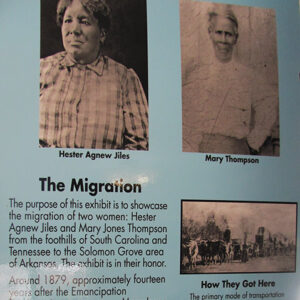 Cultural Center Exhibit
Cultural Center Exhibit  Faulkner County Map
Faulkner County Map 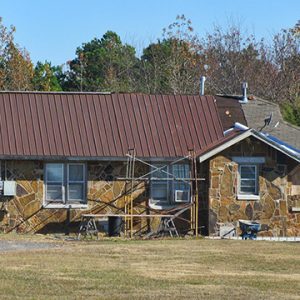 Silas Owens Sr. House
Silas Owens Sr. House 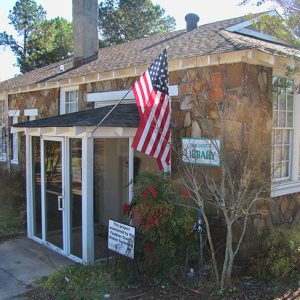 Twin Groves Public Library
Twin Groves Public Library 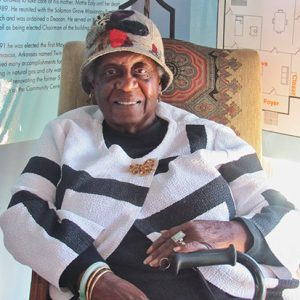 Albessie Thompson
Albessie Thompson 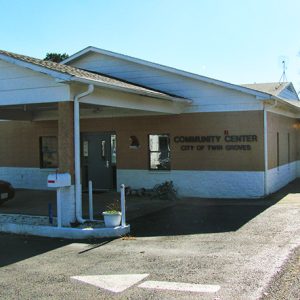 Twin Groves Community Center
Twin Groves Community Center 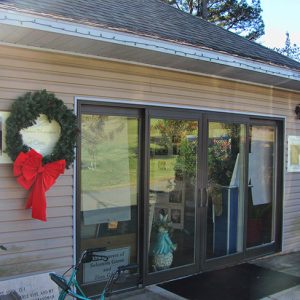 Twin Groves Cultural Center
Twin Groves Cultural Center  Twin Groves Fire Department
Twin Groves Fire Department  Twin Groves Street Scene
Twin Groves Street Scene 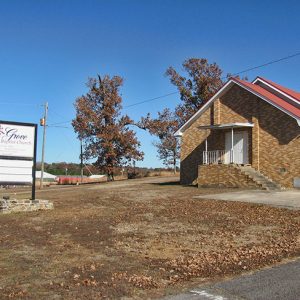 Zion Grove Church
Zion Grove Church 




Comments
No comments on this entry yet.